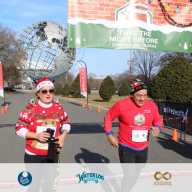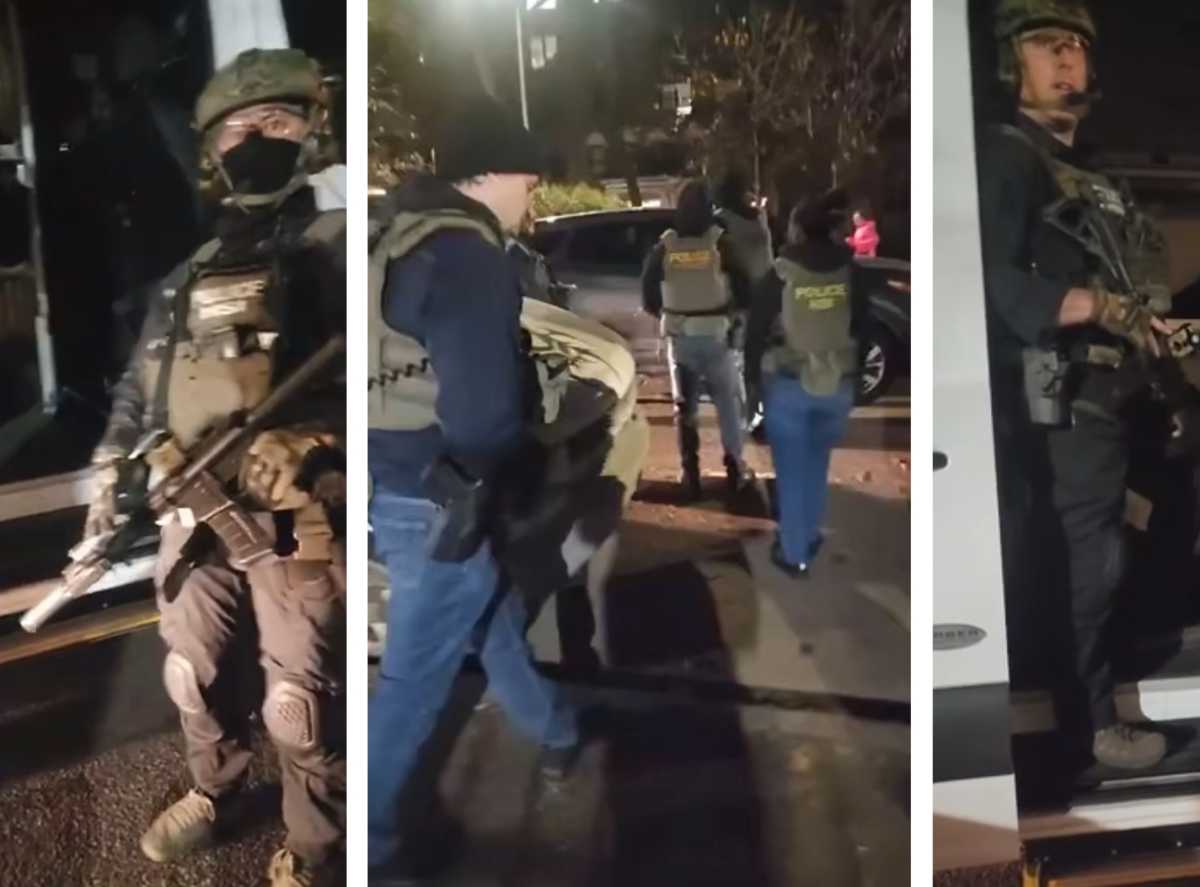The china in Connie Ericson’s cupboard rattles when trucks roll down her quiet tree-lined street.
“These streets aren’t designed to hold a truck’s weight. They were designed to hold cars,” said Ericson, who has lived in her Jackson Heights house for 42 years.
The over 1,000 miles of designated truck routes in New York City designed to improve traffic mobility and reduce congestion serve the thousands of trucks that transport goods across and within the boroughs.
According to the Department of Transportation (DOT), trucks can travel on two distinct types of routes, “local” and “through.”
Trucks that for the purpose of delivery, loading or servicing have a point of origin and destination within the borough use the local truck route.
Trucks that do not begin or end their delivery, loading or servicing within the borough must use the through or “through” truck route.
Of these trucks, some break the law and travel along non-truck route roads; however, many trucks that appear to violate the law do actually fall within a few exceptions.
In Ericson’s area, the trucks can travel all along Northern Boulevard and turn along 69th or 94th Street/Junction Boulevard. But since Ericson lives near a shopping center where the trucks and tour buses pick up and drop off, they use her street as a short cut.
“I saw a little old lady try to turn a tour bus onto the street and I thought ‘This bus is going to tip over!’” Ericson said. “What does it take – the street to open up and a truck to tip over? We need enforcement!”
Enforcement of traffic violations fall to the Police Department and since Ericson began her complaints, the 115th Precinct has made a concerted effort to send more patrol vehicles to her street to catch route violators.
In addition, officers from the 115th handed out glossy color brochures with maps to trucks and merchants at the nearby Jackson Heights Shopping Center on Astoria Boulevard, that describe the truck routes and the corresponding rule – and the exceptions.
One such exception includes that through trucks must use major urban street and/or highways, until they can no longer reach their destination via a major thoroughfare – at which point they must then get on the local truck routes. Local trucks must use local truck routes except that a driver may use a street not designated as a local truck route for the purpose of arriving at their destination.
If trucks did not use Ericson’s street, they could use 78th or 73rd, shifting over only a few blocks.
However, the residents that live along 76th Street between 31st and 32nd Avenues have clearly seen trucks – whether local or through –drive down their tree-lined, off-the-truck-route street, and they don’t want to take it anymore.
“They make the roads no good,” said Ng, Ericson’s neighbor. “When the heavy trucks come by, the house shakes.”
Ericson said that she has appealed to her elected officials for help – not just because trucks can cause damage to the streets or make houses rattle, but that the Lexington School for the Deaf is located nearby.
“If the kids are going to the cross the street, cars must flash their lights not honk, but truckers don’t know that,” she said.
In response to an inquiry about truck route violations, Councilmember Helen Sears said, “Congestion is a serious issue in my district, which is why I helped secure over $600,000 in federal money to fund a Department of Transportation study to analyze the traffic patterns in the area and develop a plan to alleviate congestion.”
“The most effective way to tackle important issues like this is to coordinate between all levels of government, and [Congressmember] Joe Crowley and I did this when we got the funds to make this study happen,” she said. A spokesperson for Sears said that they believe they just finished Phase I, but can not confirm this right now.
Assemblymember Michael Den Dekker said that he will have a meeting with the residents this week to hear their concerns on this matter.
Since 1996, Ericson said, she has fought this battle, to no avail.
“It seems that the only way you can change something is to fight to be heard,” she said.




























